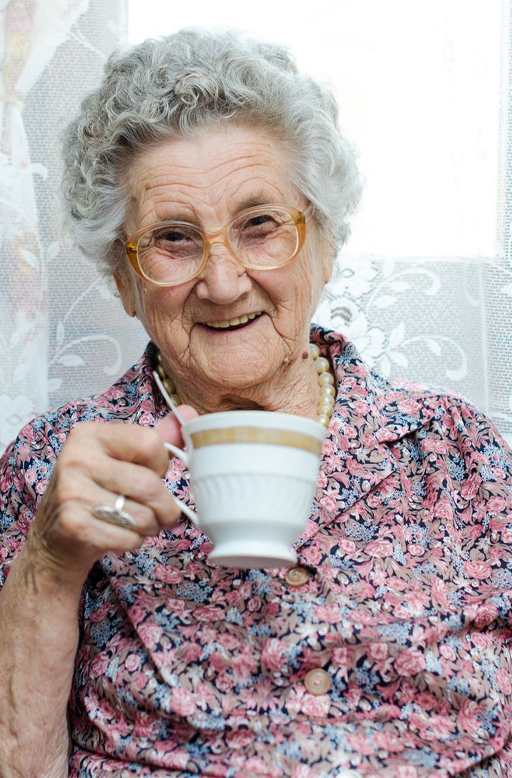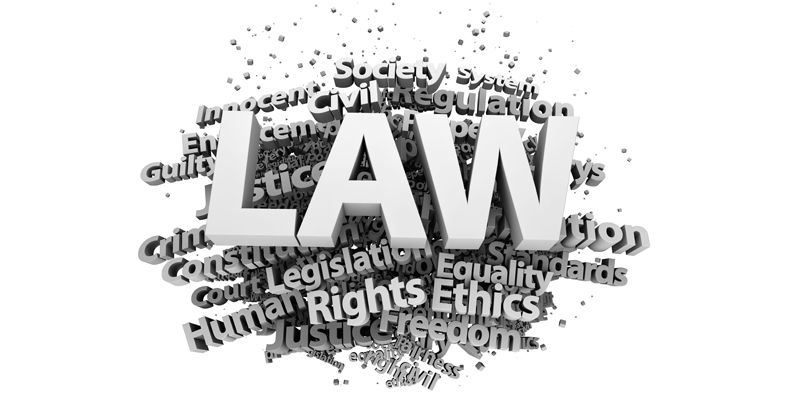4.1 A decision-making framework
The concept of a decision-making framework is that a number of interconnected areas of enquiry are prioritised in the course of making a decision. Braye and Preston-Shoot (2016) suggest that social workers can respond more appropriately within the legal context by using a decision-making framework.
Activity 3 A decision-making framework in practice
Read the following case study and then apply the decision-making framework given, making notes in answer to the questions. You may not yet be aware of all the relevant legislation, but working through the questions will help you to understand the importance of considering a situation from several different perspectives.
Decision-making framework
- What is the problem?
- Is there anything else I need to find out?
- What is the purpose of intervention?
- What do I hope to achieve in the short term?
- Are there particular outcomes that I must, or could, achieve in the long term?
- What are the risks, needs and rights involved?
- What is the legal context?
- What grounds do I have to intervene?
- What duties or powers exist?
- What discretion is available?
- What is the agency context?
- What does my employer expect of me?
- What resources are available?
- Are there other professionals I should speak to?
- When must I respond?
- Is this an emergency?
- Does the legal situation dictate timetables?
- Are there ‘good practice’ considerations?
- What are the consequences of action/inaction?
- Who should make the decisions?
- What about the service user’s voice?
- Are there potentially competing demands?
Maisie’s story
Maisie is an 82-year-old widow who lives alone in a ground-floor flat. She is frail and isolated, but she does not want to move. She caused a minor fire in her kitchen when she forgot to take a saucepan off the stove. Her neighbours have presented a petition to the housing association asking that she be moved.
Discussion
By answering the questions in the framework, you will have a better understanding of Maisie’s situation and the options available for dealing with it. It is clear that there is no obviously ‘right’ decision, nor is there likely to be an outcome that will entirely satisfy everyone concerned. Social work is not just about identifying rights; it is also about assessing need. This could include gathering information from other professionals such as a GP (with the client’s permission). When need is assessed, decisions have to be made about whether there is a duty to act or whether there is a power to take action or provide support. In the latter case, decisions then have to be made about whether or not to offer a service.

In Maisie’s case, you might conclude, after assessment, that she is able to stay in her own home, which is what she wants, but that she needs additional domiciliary support. You are assessing whether or not her needs could be met by a service, but this is not the same as her right to a service. You may think she has a moral right to a service because she is frail and isolated, but that is not the same as her having a legal right to a service: you would have to consider whether, according to your assessment, your agency is required to provide a service by law. If it does, then you have a duty that you cannot ignore. If it is not a matter of duty, and the law says you may provide a service, then your agency has discretion. It can judge the priority of that need against other demands on its financial resources. You should also remember that social workers often have a significant role as advocates for service users within their own agencies.
Maisie’s case is a good example of the interaction between rights and responsibilities.
For social workers acting as an advocate for service users and carers it can be a role that is fraught with potential conflict. It is difficult for a social worker to argue, for example, that a carer needs support in the form of respite care when their own policies prevent the allocation of resources to respite care because of cost.
Social work practice and decision-making are affected by a variety of factors. The law sets out the duties that social workers are legally bound to fulfil. However, the law can be open to interpretation. Legislation also provides social workers with certain powers, and thus frames the ‘choices’ that social workers have to make. Choices are made in the light of (among other factors) agency policies and personal judgement. Any decision you make, for example in cases such as Maisie’s, will be influenced not only by any legal duties or powers you may have, but also by a commitment to social work values and best practice within the profession.
It is clear when looking at the decision-making framework that you cannot make any decisions about Maisie’s care without having a thorough understanding of the relevant legislation.
